Will Trump visit China — and when?
As China-US tensions thaw and diplomatic engagement ramps up, observers are speculating that US President Donald Trump could be visiting China and meeting Xi Jinping soon. Lianhe Zaobao correspondent Yu Zeyuan discusses the possibility of the visit and when the visit could happen.
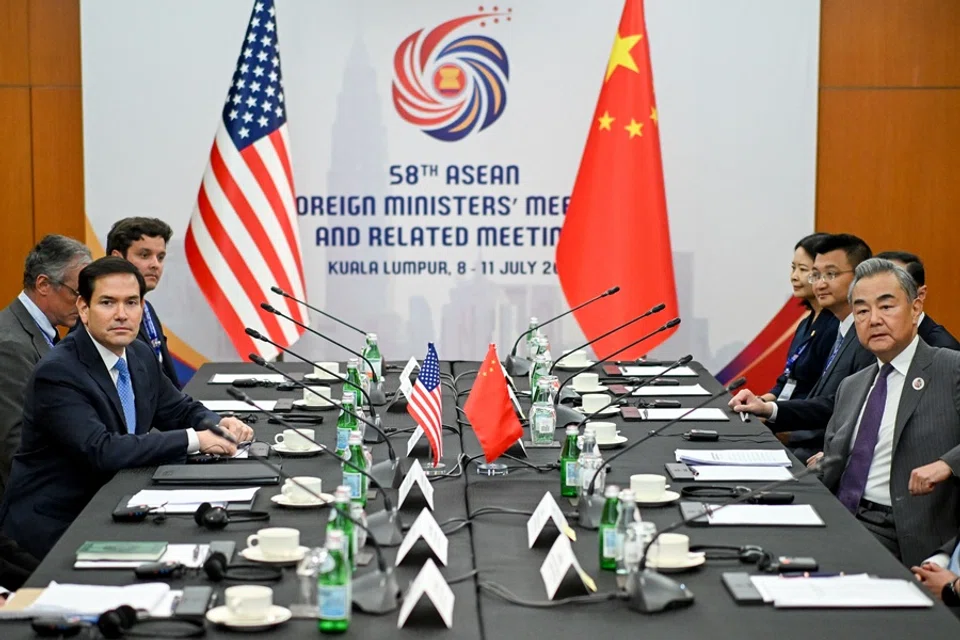
On 11 July, in Kuala Lumpur, Malaysia, Chinese Foreign Minister Wang Yi and US Secretary of State Marco Rubio met for the first time since Donald Trump took office earlier this year. Both parties gave positive evaluations of the meeting. Chinese public opinion believed that this meeting served to halt further deterioration in China-US relations, and created conditions conducive to President Trump’s possible visit to China later this year.
An unexpectedly positive and constructive meeting
Judging from the statements made by Rubio and Wang, the atmosphere of this meeting was indeed better than expected. Before becoming secretary of state, Rubio was known in the US Congress as a “pioneer China hawk”, having proposed or supported various measures to pressure China and frequently “offending” mainland China on issues such as Taiwan and human rights. Beijing has yet to announce the lifting of sanctions against Rubio.
On 24 January, during a phone call with Rubio, Wang had firmly expressed the hope that Rubio would “act accordingly and play a constructive role for the future of the people of China and the United States, as well as for the peace and stability of the world”. Coupled with the lack of resolution on a host of thorny issues between China and the US — such as tariffs, chips and rare earths — it was expected that outsiders would be pessimistic about this “Wang-Rubio meeting”.
However, both sides later described the meeting as “positive, pragmatic, and constructive”, avoiding terms like “frank” (坦诚, tancheng). The term “frank” often implies that both sides merely stated their own positions — perhaps even clashing with each other — with little interaction or consensus.
Rubio also mentioned that the possibility of President Trump visiting China and meeting with Chinese President Xi Jinping was very high, and that they are in the process of finalising a suitable date.
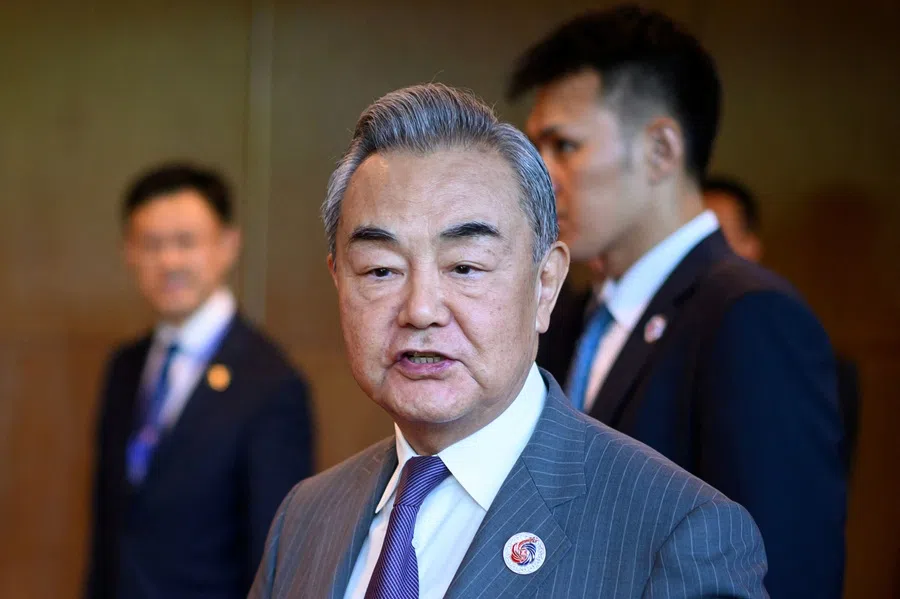
After the meeting, Rubio told the media that the meeting was constructive, and stressed that it was not a negotiation but a positive discussion. For both the US and China, holding productive meetings and maintaining regular contact and communication are crucial. “I thought it was a very constructive and positive meeting… [there is] the opportunity here to achieve some strategic stability… we believe this is beneficial for the world.”
Is a Trump-Xi meeting on the cards?
Rubio also mentioned that the possibility of President Trump visiting China and meeting with Chinese President Xi Jinping was very high, and that they are in the process of finalising a suitable date. “There’s a strong desire on both sides to do it,” he added.
Wang commented on the meeting the following day, describing it as constructive, with both sides engaging in equal dialogue in a spirit of mutual respect. China comprehensively outlined its principles and position on China-US relations, which is believed to have deepened the US’s understanding of China and laid the groundwork for future exchanges between the two countries’ diplomatic teams. Wang said, “It can be summarised as having strengthened engagement, prevented misjudgments, managed differences, and expanded cooperation between the two countries.”
Wang and Rubio are not responsible for the specific negotiations on tariffs and other issues between China and the US. The theme of this meeting was indeed as Wang had expressed — to “strengthen engagement, prevent misjudgments, manage differences and expand cooperation”, with the main aim of paving the way for Trump’s visit to China or a China-US leaders summit later this year.
Trump has repeatedly expressed his desire to meet with Xi and even visit China. This is also the reason why — despite using tariffs as a weapon against allies like Japan and the European Union — his approach to raising tariffs on China has largely been rhetorical, leaving significant room for negotiation.
Tariff tensions ease
After Trump launched the “Liberation Day” tariff war against the world in early April, tensions between China and the US soared, with both sides imposing excessive tariffs on each other. However, following two rounds of talks in Geneva and London, both sides regained composure and rationality, significantly reduced tariffs, and laid the groundwork for future negotiations.
If meaningful progress is made on tariffs and other key issues in August, it could further set the stage for a visit by Trump to China later this year.
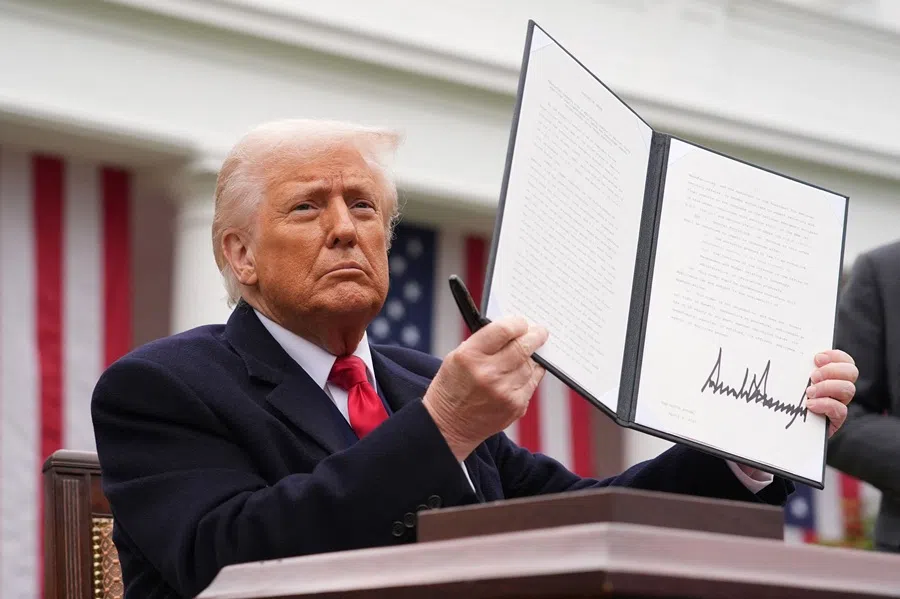
On 8 July, US Commerce Secretary Howard Lutnick stated in a CNBC interview that he expects to meet with his Chinese counterpart in early August to initiate broader trade discussions. US Treasury Secretary Scott Bessent and US trade representative Jamieson Greer are also expected to attend.
This signals Washington’s intent to reach a tariff agreement with China in the near future. Although Beijing has yet to issue a formal response, it is believed that China is also eager to resolve the tariff issue quickly. If meaningful progress is made on tariffs and other key issues in August, it could further set the stage for a visit by Trump to China later this year.
During a phone call on 5 June, Xi welcomed Trump to visit China again, and Trump expressed his appreciation.
Meanwhile, the 11 July meeting between Wang and Rubio could be described as “positive, pragmatic, and constructive” partly because Rubio was tasked with laying the groundwork for Trump’s visit to China — a role that required a careful, measured approach to avoid adding new tensions to China–US relations.
When might Trump visit China?
Although Wang did not reveal whether Trump’s visit was discussed, Rubio’s remarks after the meeting suggest that both sides likely touched on the topic of a potential visit or a leaders’ summit.
Even if he were willing to go, domestic opposition and pushback from US allies would likely be intense.
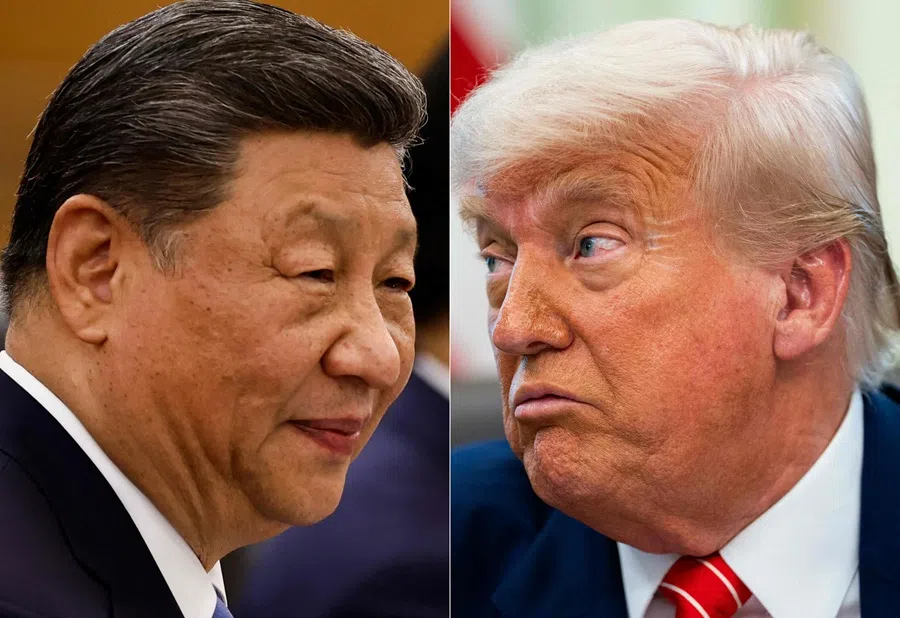
As for the timing of Trump’s visit to China, Japanese media alleged that China has invited him to attend the military parade marking the 80th anniversary of the victory in the Chinese People’s War of Resistance Against Japanese Aggression and the World Anti-Fascist War, to be held on 3 September at Tiananmen Square.
Foreign leaders, including Russian President Vladimir Putin, have already been invited to the event. If Trump also appears at the parade, his presence could create a sensation comparable to the historic impact of US President Richard Nixon’s visit to China in 1972.
If Trump were to visit China this year, it might be around the APEC leaders’ meeting in South Korea in October.
Of course, it would not be an easy decision for Trump to attend China’s military parade commemorating its victory in the War of Resistance Against Japanese Aggression. Even if he were willing to go, domestic opposition and pushback from US allies would likely be intense. Unless China offers significant concessions on issues like tariffs, Trump is unlikely to make such a gesture. As things stand, there appears to be little compelling reason for him to attend China’s Victory Day parade.
If Trump were to visit China this year, it might be around the APEC leaders’ meeting in South Korea in October. Despite Trump’s unpredictability, a decision to visit China again would likely inject new momentum into China-US relations.
This article was first published in Lianhe Zaobao as “王毅鲁比奥会谈为特朗普访华铺路”.




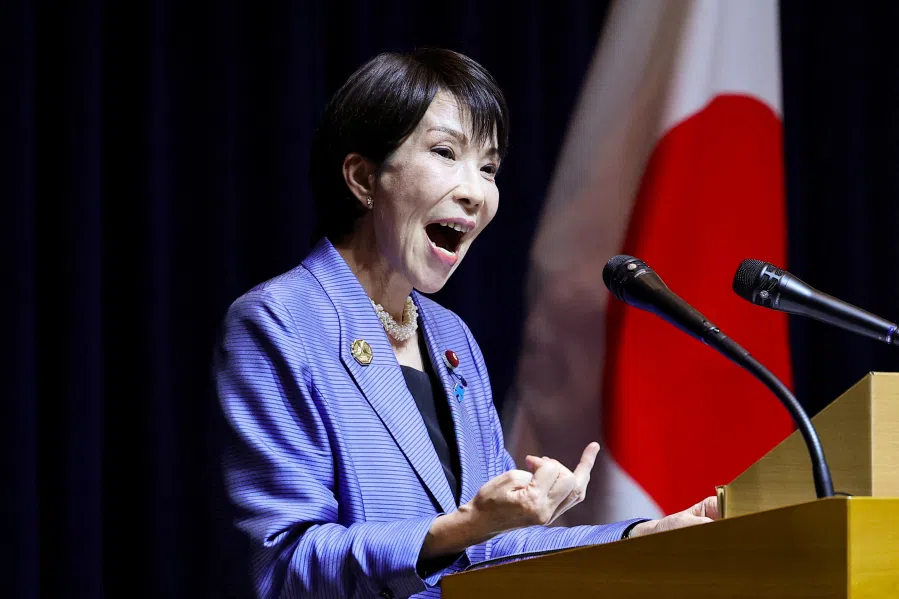
![[Big read] China’s 10 trillion RMB debt clean-up falls short](https://cassette.sphdigital.com.sg/image/thinkchina/d08cfc72b13782693c25f2fcbf886fa7673723efca260881e7086211b082e66c)